How To Clean Tatami Mats Quickly And Properly
Beside sliding doors, low tables or futon, tatami mats are a key element in almost all Japanese style rooms. To make the mats always attractive in visitors’ eyes, cleaning them is really important. In this blog, you will be provided with knowledge about how to clean tatami mats and what to do if you have a problem with mold or mites.
What Are Tatami Mats?
Tatami mats are thick woven straw mats that are used to cover the floors in Japanese rooms. They are not only soft and comfortable to walk on but also firm and springy. The tatami are about one by two meters in size and they are so indispensible in Japanese homes that they are utilized to measure the size of Japanese style rooms.
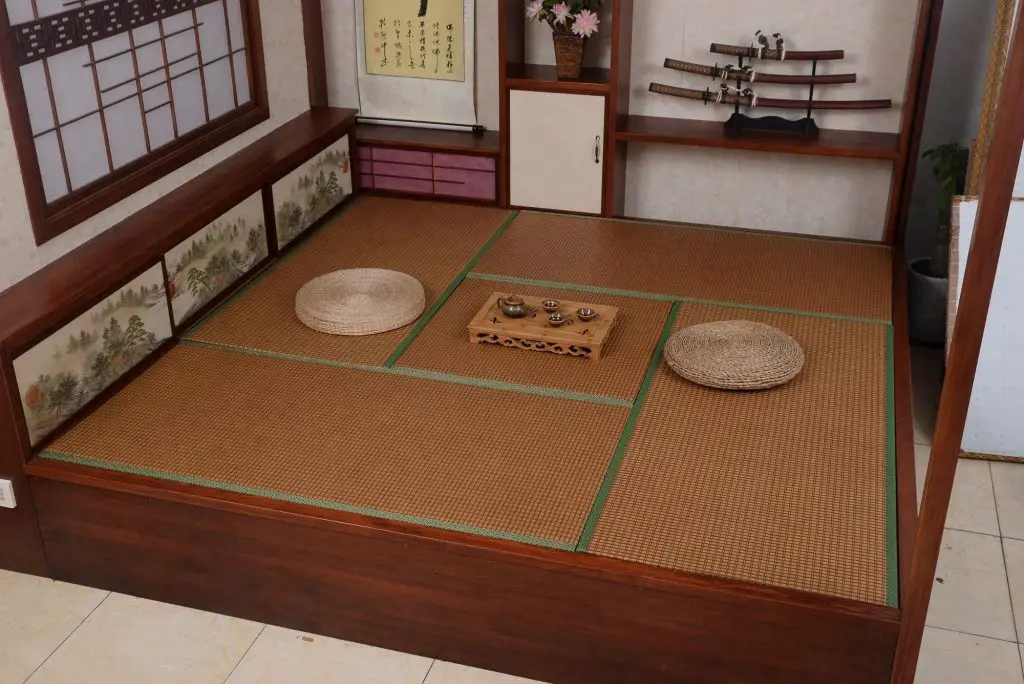
Tatami mats – an indispensible element in every Japanese style room
Things To Note Before Cleaning Tatami
- Clean in line with the tatami
- Do not leave moisture on the tatami
- Do not use adhesive-type carpet cleaners
- Do not use baking soda
How To Clean Tatami Mats
When it comes to ‘how to clean tatami mats’, there are several ways that you can follow to make your tatami always be in their best conditions.
Sweep With A Broom
As your regular household cleaning, using a broom to pick up dust on the tatami mats can be the easiest way.
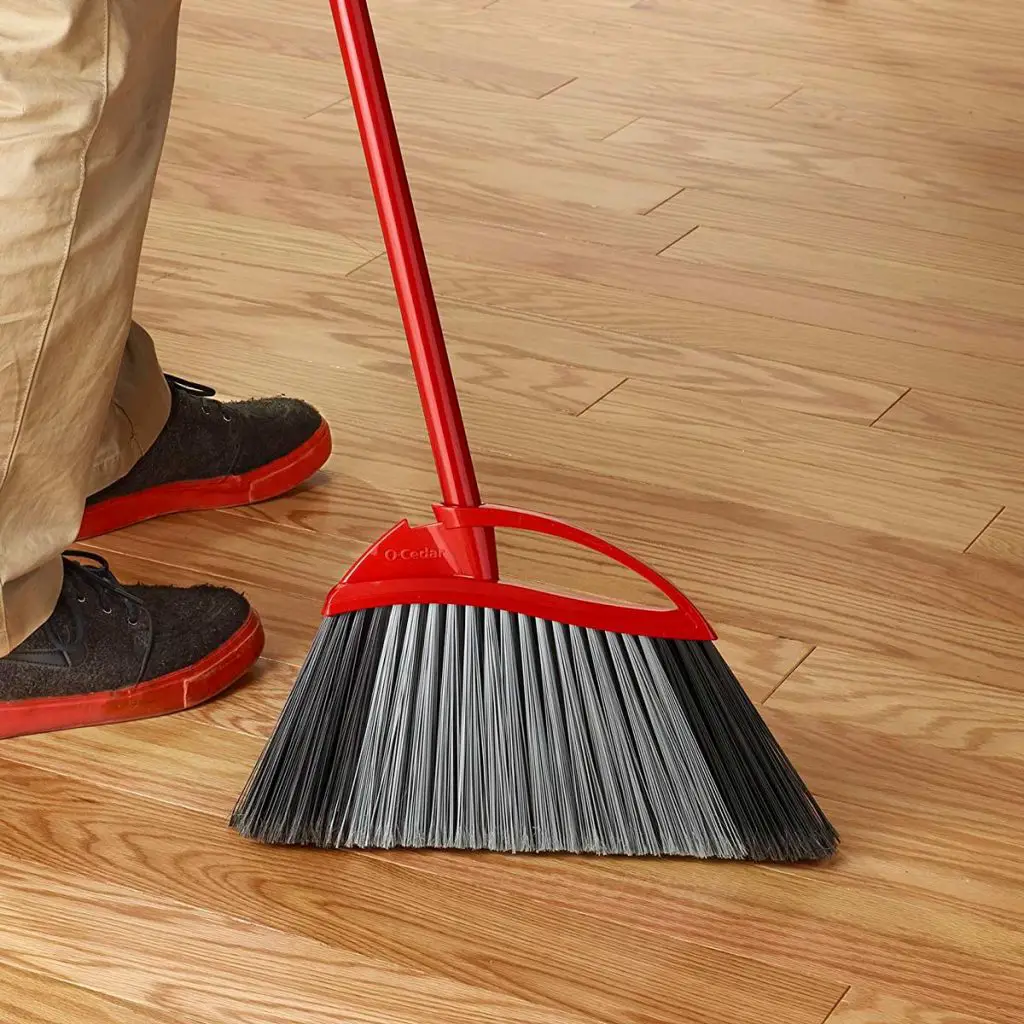
Sweeping the tatami with a broom can be the most simple way
SEE MORE:
Vacuum Along The Grain
Another simple way to clean Japanese mats is by using a vacuum cleaner. However, you should be careful when you use it.
Pushing and pulling the vacuum back strongly will not help you take away more dust. Instead, you ought to move it slowly and you should spend about one minute per tatami mat.
Because the mats are delicate, you should only vacuum along the grain. Also, stop the head brush rotation or select “weak” mode. Otherwise, you may damage their surface.

Vacuum along the grain; otherwise, you may damage the tatami mats
Wipe With A Dry Cloth For Deeper Cleaning
After vacuuming, you can use a dry cloth to deeper clean the tatami mats.
You should avoid cleaning tatami with a wet cloth as they are highly absorbent and the moisture that remains on them can cause mold. Besides, a wet cloth may also remove some of the natural surface oil which protects the mats from aging too quickly.
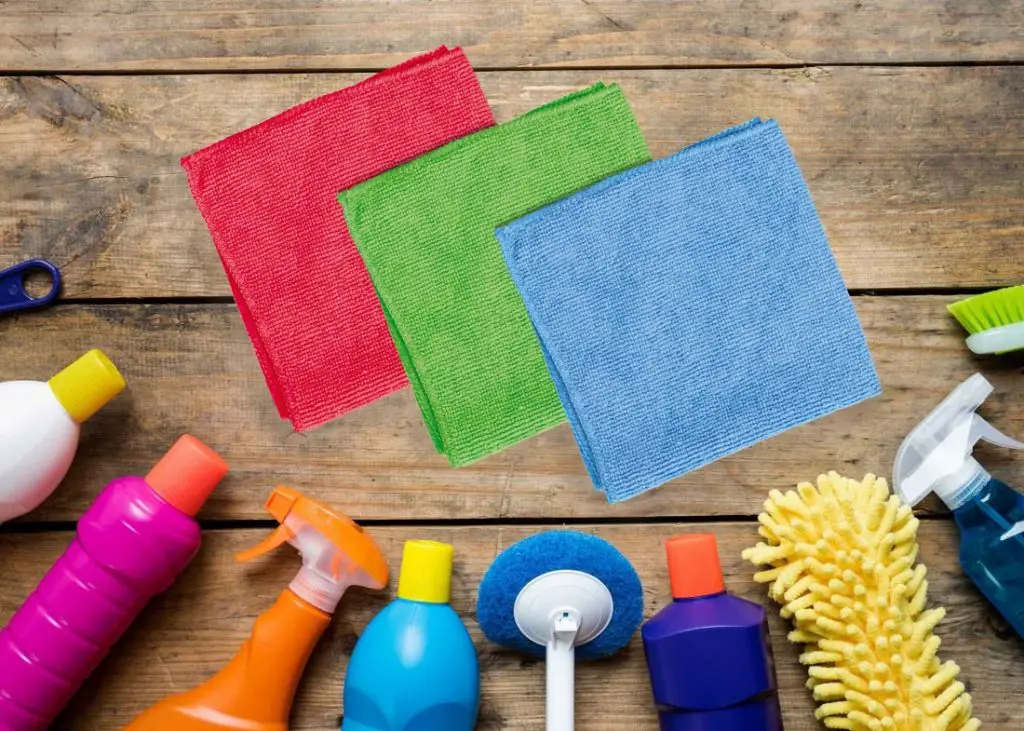
For deeper cleaning, use a dry cloth to wipe the tatami
To prevent bad smells from the tatami, using a cloth to wipe them down with a small amount of vinegar is highly recommended.
What To Do When The Tatami Is Noticeably Dirty
So, how to clean tatami mats when they are really dirty or get baked by the sun and become discolored?
A recommended way here is to wet-wipe with citric acid. If you do not have any citric acid, you can use vinegar instead.
First of all, fill the bucket half-full with water or lukewarm water. Remember to avoid using boiling water or the tatami may become discolored and damaged. Next, insert one teaspoon of citric acid or 100cc of vinegar and mix. Then, wet a dust cloth and squeeze hard. After that, wet-wipe the mats and dry-wipe with a different dry dust cloth. Finally, ventilate and dry the tatami well to make sure that mold and fleas cannot grow.
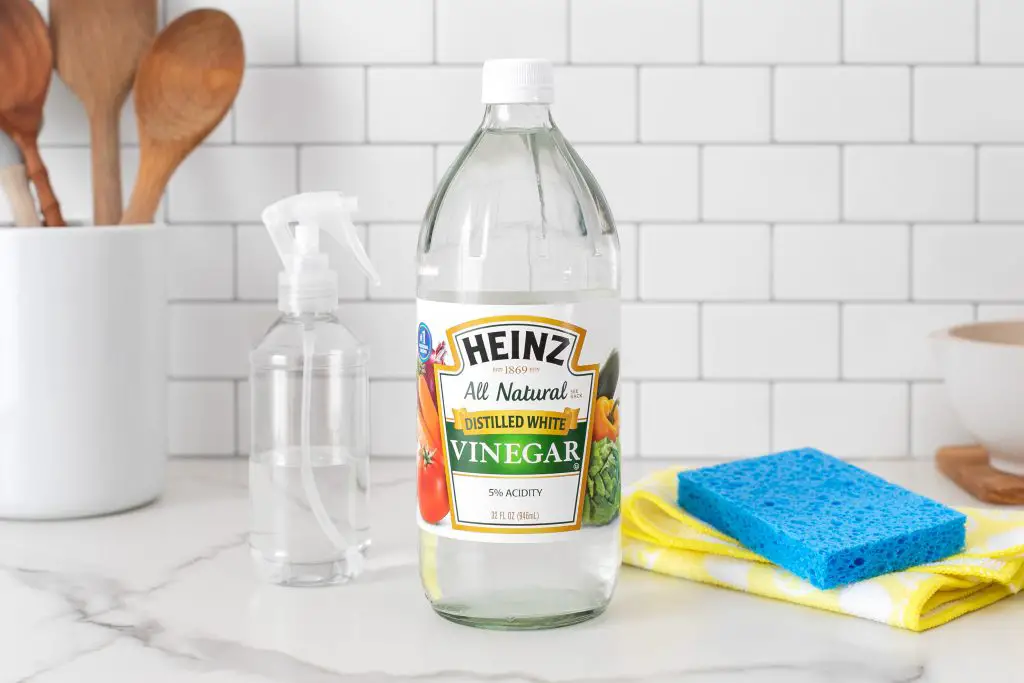
Wet-wiping with vinegar can help the mats become clean
How To Get Rid Of Mold From Tatami
If you see mold start to grow on your tatami, you should try to get rid of it immediately or you cannot imagine how the problem would be.
One method that you ought to try is using a small toothbrush to scrub the tatami with ethanol.
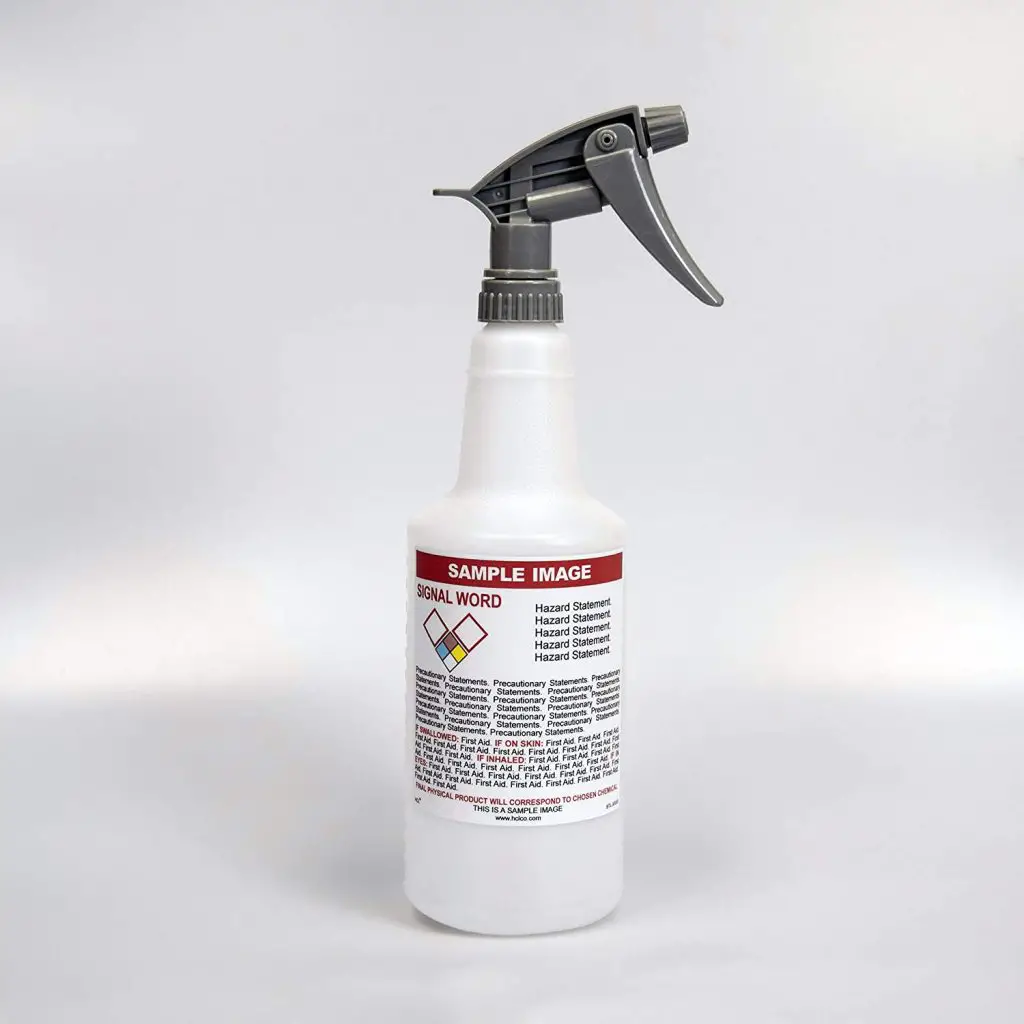
To get rid of mold growing on the tatami, use a toothbrush to scrub it with ethanol
In addition, you can also use a commercial product called Kabi Kira or mold killer. It works really well in killing mold when you spray it on walls and in bathrooms. However, you need to be careful when you spray Kabi Kira on surfaces because it contains bleach.
How To Prevent Mold From Growing In Your Apartment
To prevent mold from damaging your Japanese straw mats, you need to prevent it from growing in your apartment first.
During the rainy season and humid summer months, it can be easy for mold to grow in your apartment if it is not well ventilated. Here are some things that you should do to prevent mold growth.
- Use a de-humidifier
- Use a dry cloth to wipe down your windows, window frames, walls, and tatami mats
- Open air vents, leave your windows slightly open, and use a fan to circulate air in your apartment
- Ventilate your bathroom after you shower or bathe. You can even leave your bathroom fan running all day to help with air circulation.
- Put disposable de-humidifier packs in your closets and your room’s corners
- Regularly check for mold, especially in the north corners of your apartment, in the back of closets, and around window frames.
How To Deal With Mites
Mites or Dani (ダニ) are insects that live in tatami mats when the mats have not been replaced for a long time, especially in very old apartments and Japanese-style rooms.
Dani usually strike while you are sleeping. You will know if you have a dani problem if you have small, red, and very itchy bites on exposed parts of your body, usually around your ankles, wrists, and neck.
Normally, the landlord or property manager will change the tatami mats whenever a new tenant moves in, so you should not worry about mites.
However, in order to prevent the mite problem, you should always keep your tatami mats clean by the methods described above.
You can also use a bug spray called Dani Aasu (ダニアース) that is specifically produced to use on tatami mats.
Conclusion
Now that you have known how to clean tatami mats, right? If you have any other interesting ways of cleaning the tatami, feel free to share in the comment section below this blog. And if you would like to know more about Japan, follow Question Japan!




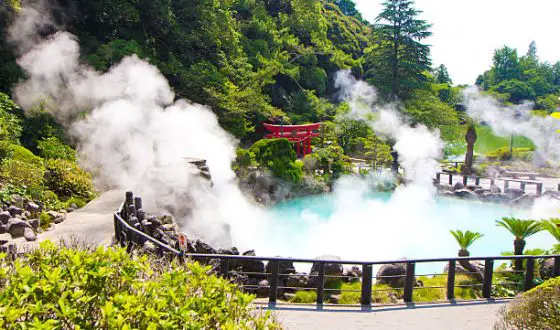





Thanks for this very thorough guide!